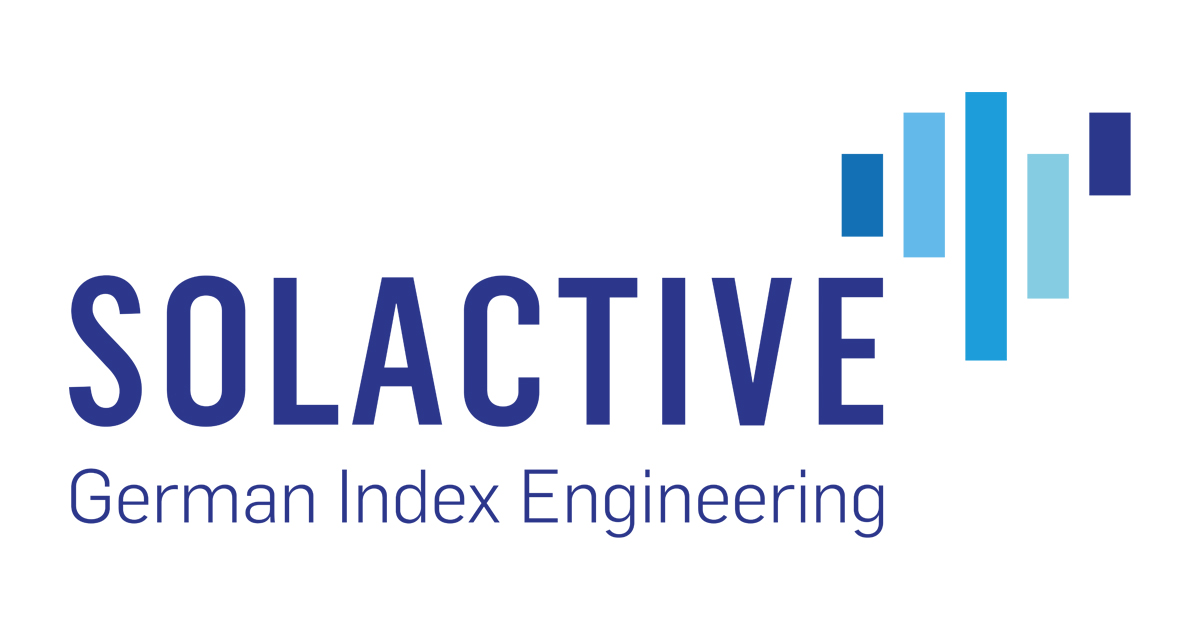When Bob Tull, president of Procure Holdings, worked at Morgan Stanley in the early 1980s, the firm spent $1 million a month to store 80 megabits of data. “We ended up killing the project we were working on because of the cost of storage,” he reminisced.
“Now I have 18 terabytes of data sitting on drives behind me, and it costs me about, all together, $2,000,” he added.
Speedier internet connections, more powerful and faster computers, automation, cloud computing and a host of other technologies now allow more data to be collected, sorted and stored, all with greater accuracy, causing indexing costs to plummet.
Some costs are higher, especially those related to data science and management. Cheaper technology lets new index entrants compete with legacy providers and pressures investment-product pricing. Despite that, indexing is now a money-making venture in ways it never was before.
New revenue streams
Originally, index providers sold benchmark data to asset managers, insurance companies and others, usually for a fixed fee. That remains a big revenue generator for the major legacy players, Jeremy Zhou, head of index solutions at FactSet, said.
The increase in passive investing allowed index providers to sell licences for investable products to issuers of exchange-traded funds, mutual funds, derivatives and other products. Many index providers would take a small percentage of the expense ratio asset managers charged for their licence fee.
When fees were high, say, around 70 basis points, the index provider might charge anywhere from 8% to 12% of that fee for the licence, Zhou noted. However, expense ratios have dropped precipitously over the years, especially for plain vanilla funds, and the percentage of what providers receive also fell.
However, Zhou explained that what index providers may have lost in total basis points, they have made up in scale since assets under management (AUM) in the industry have risen sharply. It is likely the fees index providers first charged some of the original plain vanilla funds have evolved over time, especially those with very high AUM, he added.
Geography affects fees, too, Zhou observed. In crowded markets such as the US and Europe, competition keeps fees low, but in the Asia-Pacific region, where active funds still dominate over ETFs, costs matter less than launching new products to get market share.
Technological impact
Ron Bundy, managing director of indexes at Morningstar, said new entrants took advantage of falling technology costs to build infrastructure. While the sunk costs are significant, as providers must guarantee the timeliness, quality and accuracy of data, once an index provider reaches scale, the marginal cost of adding a pure-beta type of index is almost zero. Morningstar also sells index data to asset managers.
Index providers can now calculate more than tens of thousands of indices at the same cost they spent to calculate a few core index products. While investors benefit from greater access to more investable index products, “it is also caused a proliferation of product, which can be confusing to investors at times,” Bundy said.
Timo Pfeiffer, chief markets officer for Solactive, explained technology helped it enter the field, and strategic pricing keeps it competitive. For standard benchmark products, Solactive usually offers an index licence for a flat fee, no matter the size of the fund’s AUM.
For a standard market-cap, plain vanilla benchmark ETF that has an expense ratio of around 5 basis points, Solactive’s flat fee rates start at around $10,000 per year, he noted. The standard package includes an index with market-cap exposure, plus whatever is needed to replicate that exposure, such as tracking corporate actions and running rebalances.
It may charge a flat fee and a 2 or 3 basis point licence fee for more complex indices such as ESG, since there is more work involved, or if asset managers want additional services such as providing content like webinars or running research.
David Barclay, CEO of CRSP Indexes, a research centre of the University of Chicago affiliated with the Booth School of Business, said fees depend on several factors, including the ETF issuer’s size and how long they have been in the industry.
And David LaValle, CEO of Alerian, said creating esoteric indices versus a simple market-cap-weighted index can take more data management. More esoteric products, or data sets that require cleaning up of inaccurate information, take longer and may require more work.
“Ultimately, you are somewhat going back to the process of ensuring that you are getting a starting universe that is accurate,” LaValle said.
Index provider costs
Barclay noted some costs have shifted, and costs of personnel have risen. That is especially the case if an index provider maintains the data itself. CRSP data sets go back to the 1960s, and internally they have run their indices for more than 10 years.
He observed his costs have “far more than doubled” in the 10 years, as CRSP maintains the quality and accuracy of the information, which includes subscribing to multiple data sources in order to compare information among data vendors.
CRSP is unique, because it offers services to both the financial industry and researchers, and because of the academic nature of its work, “once an index is born, it never dies,” Barclay said.
Solactive’s Pfeiffer also vouched for internal data costs, noting more than half of the firm’s staff is in technology functions.
Complex index funds such as ESG, private market and multi-asset data use alternative data, and index providers often work with third parties to gather data from nontraditional sources such as satellites or web scraping blogs and other sites.
Benchmarking fees jump
Index providers make more on selling benchmark data, according to all the sources, and those prices have risen significantly in the last 10-15 years. While index providers and asset managers benefit from the assets flowing into ETFs, asset managers have difficulty passing through the benchmarking costs.
Solactive makes its benchmark data cheaper than investment product data, charging “in the four digits” area per index.
“For benchmarking, to put it in very simple terms, it’s a line that gets extended on a daily basis by one number,” he said. “So should I charge more or less for that?”
Some asset managers have sought to avoid paying index provider fees by self-indexing, but Morningstar’s Bundy observed that has not gained as much adoption in the industry, as asset managers run into issues with accuracy, timeliness and the conflict of interest of a firm calculating its own index, benchmarking to it and running the investment product.
Because of more competition and self-indexing, traditional index providers say the onus is on them to deliver more value to their partners by offering services like support, sales, distribution, content creation and research in an effort to drive distribution and growth in value in the products.
“As an indexer, I am pitching business,” Alerian’s LaValle explained. “I need to be able to answer the question that the asset manager is asking: ‘Why cannot I do this myself?’”
Index providers warn of 'unintended consequences' from regulation
Some of the newer entrants are gaining new customers lured by good data and cheaper prices. Bundy notes one of the many reasons Vanguard could lower its fees was changing index providers, switching to CRSP for many of their indices, including the $1trn Vanguard Total Stock Market index mutual fund.
But there has not necessarily been a mass exodus by asset managers from more expensive index providers.
“It is hard to change inertia. Once you are using one brand of index, it is difficult to move away, even though other indices are available that basically do identical [work] for identical service,” Bundy said.
This story was originally published on ETF.com





